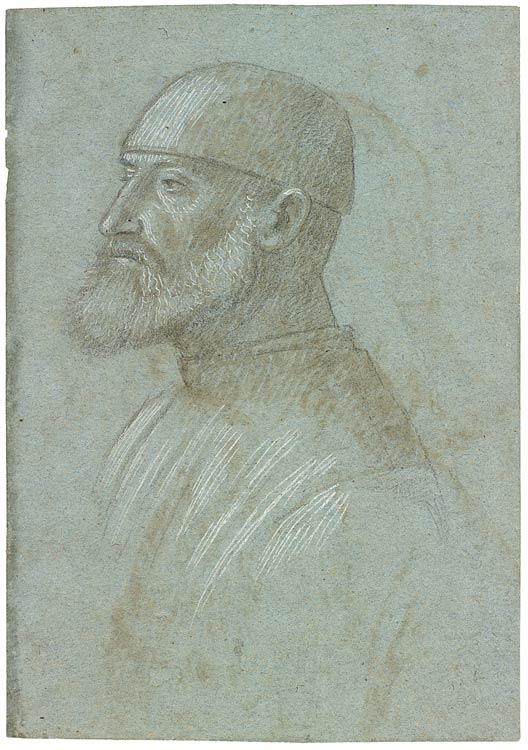
Vittore Carpaccio (ca. 1460/66–1525/26), Head of Bearded Man Wearing a Cap, in Profile to the Left
, 1495–1500, Black chalk, brown wash, heightened with white gouache, Purchased by Pierpont Morgan, 1909
, I, 54
Plan your visit. 225 Madison Avenue at 36th Street, New York, NY 10016.
Plan your visit. 225 Madison Avenue at 36th Street, New York, NY 10016.
